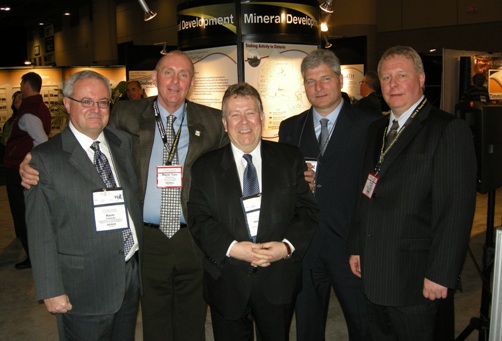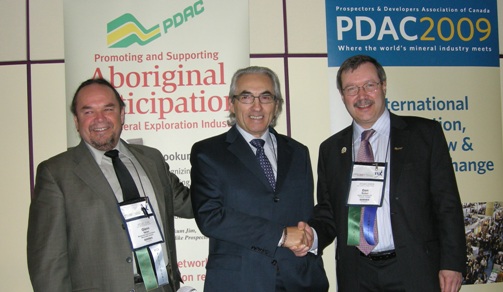Marilyn Scales is a field editor for the Canadian Mining Journal, Canada’s first mining publication. She is one of Canada’s most senior mining commentators.
Unless you are recently returned from a remote, primitive tropical island, you are inundated daily by doom and gloom reports, not only for the mining industry but for a broad range of banking, retail, real estate, automobile and more sectors.
“Dismal” is what the latest PricewaterhouseCoopers study calls last year for juniors.
The numbers tell a “sobering tale”, Ernst & Young said of the toll the global credit crisis is taking on the market capitalization of TSX-listed companies.
The Fraser Institute called the outlook “gloomy”, expecting at least 30% of exploration companies to fail.
“The mining industry, generally, is gripped by panic and the vast majority of firms are in lock-down mode,” says Jon Wylie, managing director of Proudfoot Consulting in Canada. “They have reacted to sharply lower commodity prices by scaling back and closing older, higher-cost mines.”

























